When it comes to whether or not applying a weed barrier before laying mulch is truly necessary, the answer is dependent upon the variety of mulch chosen and the amount of weed-pressure around your garden.
In gardening and landscaping, weed barrier is a fabric used to obstruct growth of undesirable plants. This fabric can serve as an efficient separator, allowing precious water and nutrients to be used by the desirable vegetation only.
Weed control can be achieved in various ways, but all are designed to keep sunlight at bay and avoid germination of weed seeds. Plastic coverings are a common option, but more natural materials like burlap or straw can also be utilized.
Weed barrier is a helpful tool that many gardeners rely on to minimize the amount of time spent weeding and hinder the unwelcome expansion of weeds into other areas.
Despite the convenience of using weed barrier, it can create challenging conditions for plant growth. In areas with bountiful rainfall or when looking after numerous plants with a high water requirement, weed barrier may obstruct the roots’ access to water and essential nutrients.
Although often heralded as a necessary component for garden landscaping, weed barrier can also be disadvantageous to the growth and wellbeing of beneficial bugs, such as honeybees and ladybugs. These tiny insects provide essential services to the environment: from pollinating plants and flowers to controlling potential crop-deterring pests.
Considering a switch to mulch for your garden? If you’re facing a weed problem, you may want to consider adding weed barrier along with it. This approach could help keep your weeds under control while saving you time spent weeding; however, it is important to think through the environmental impacts of this decision. Ultimately, the best option may differ from situation to situation.
Related Product
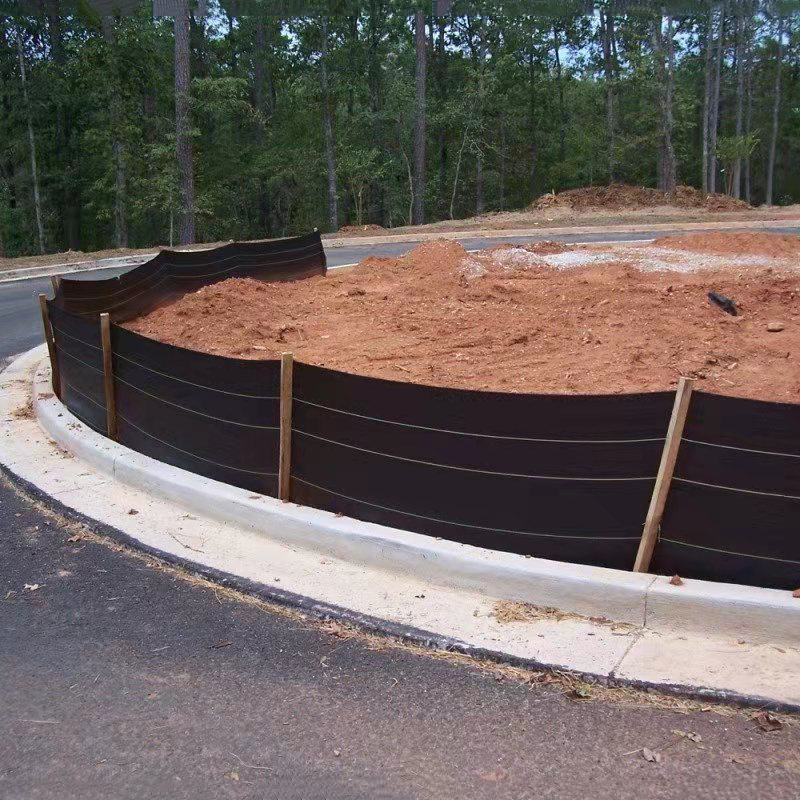
Silt Fence
Product Weed Mat / Ground cover/Slit fence Weight 70g/m2-300g/m2 Width 0.4m-6m. Lengths 50m,100m,200m or as your request. Color Black,Green,White ,Yellow or As your request […]
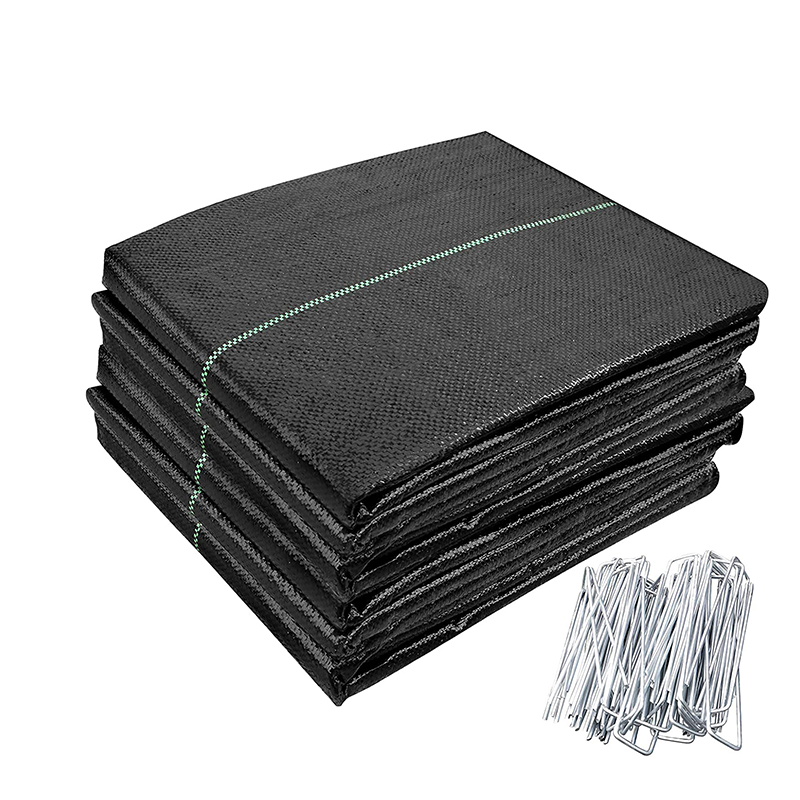
Woven Geotextile/Weed Mat
PP Woven Geotextiles are a series geotextiles made of high-performance polypropylene woven geotextile fabrics combining strength, durability and robust design. All these PP woven g […]
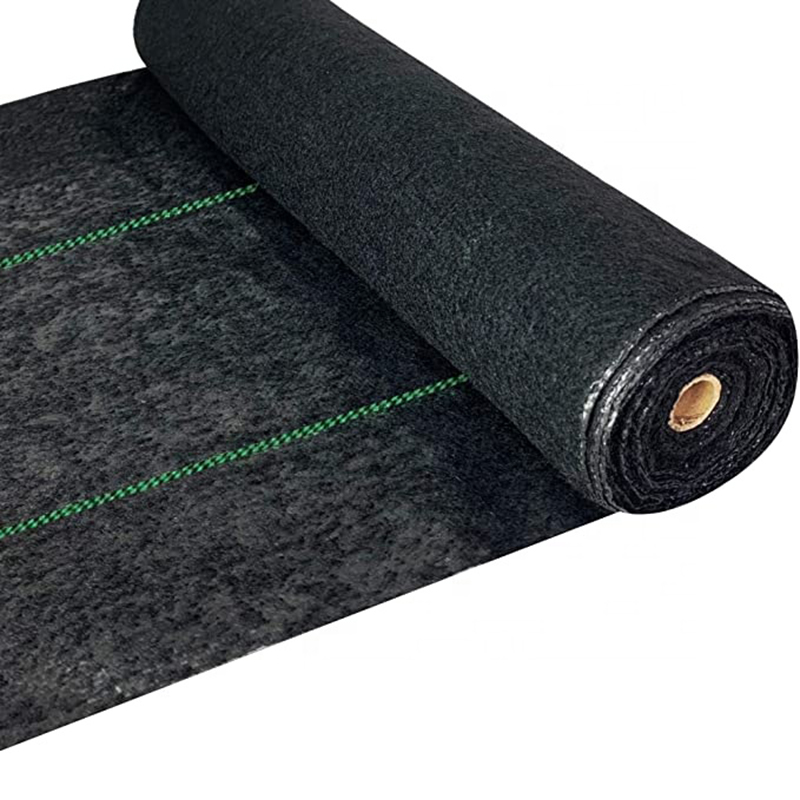
Heavy Duty Landscape Fabric
High Strength &Durability: 5.8oz heavy duty landscape weed barrier fabric, made of tightly woven polypropylene fabric needle which punched with UV-stabilized. 98.7% opaque to l […]
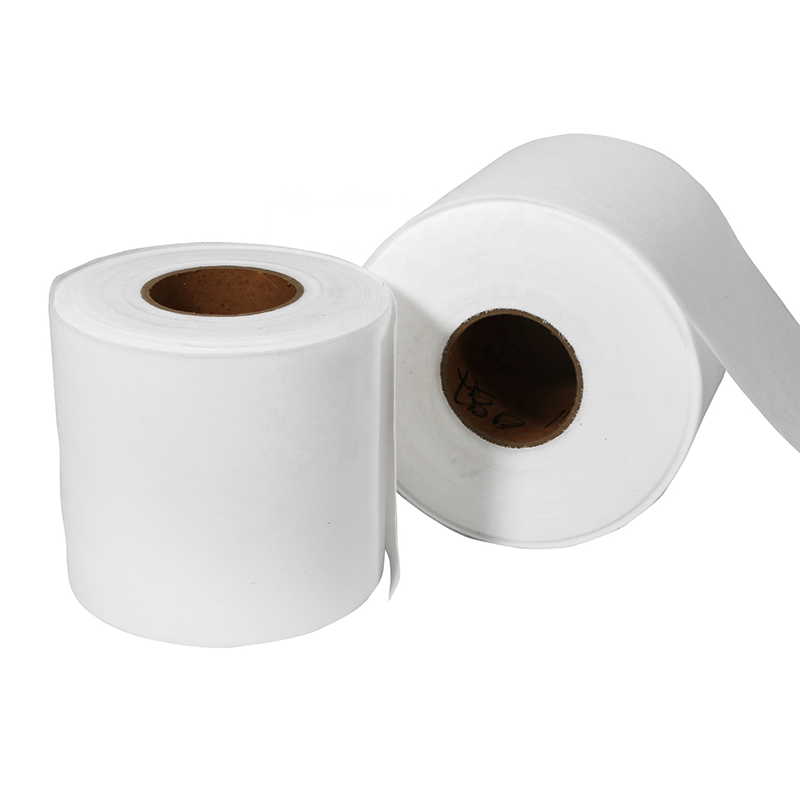
Non-Woven Geotextile
Geotextiles are permeable geosynthetic materials made by needling or weaving synthetic fibers. Geotextile is one of the new geosynthetic materials, and the finished product is clot […]
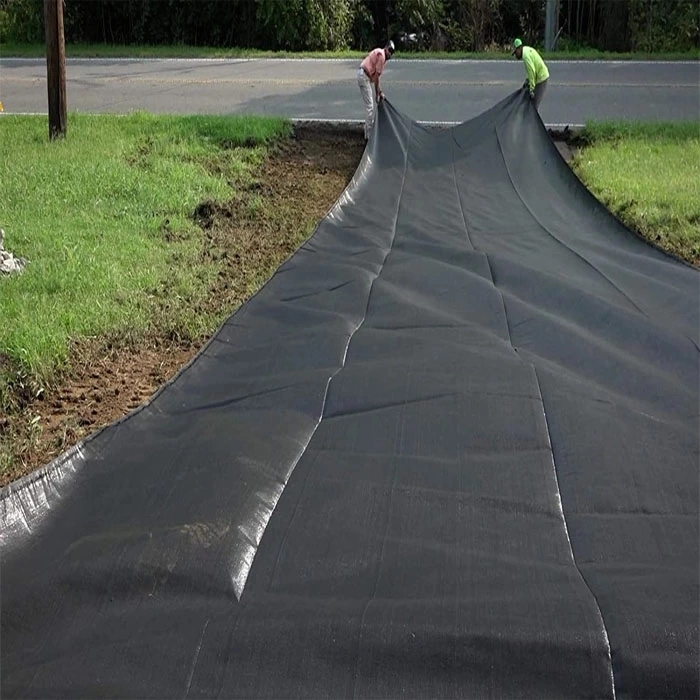
Bluekin Weedmat: Your Secret Weapon for a Low-Maintenance and Beautiful Garden
Are you tired of spending countless hours weeding and maintaining your garden? Look no further than Bluekin Weedmat, the ultimate solution for a low-maintenance and beautiful garde […]
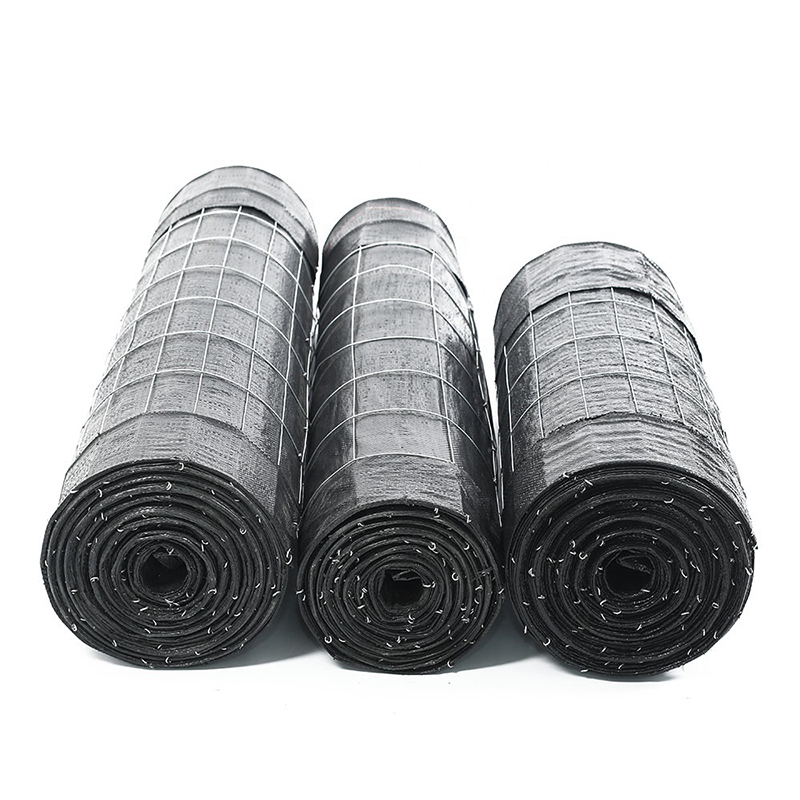
Wire Backed Silt Fence
The Wire Back Silt Fence is a strong erosion control fence designed for areas with demanding silt and erosion control requirements. Offering more strength and stability than a stan […]
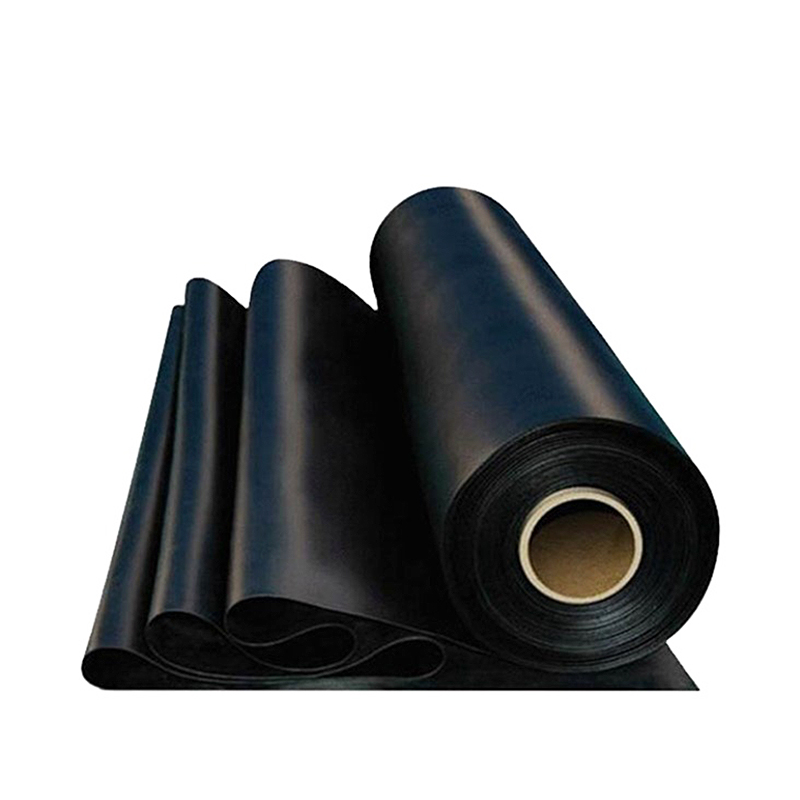
Hdpe Geomembrane
Product Features: They have strong ability for waterproof,anti seepage and isolation, aging resistance, good welding performance, convenient construction, root resistance and other […]
Post time: 2023-06-26
